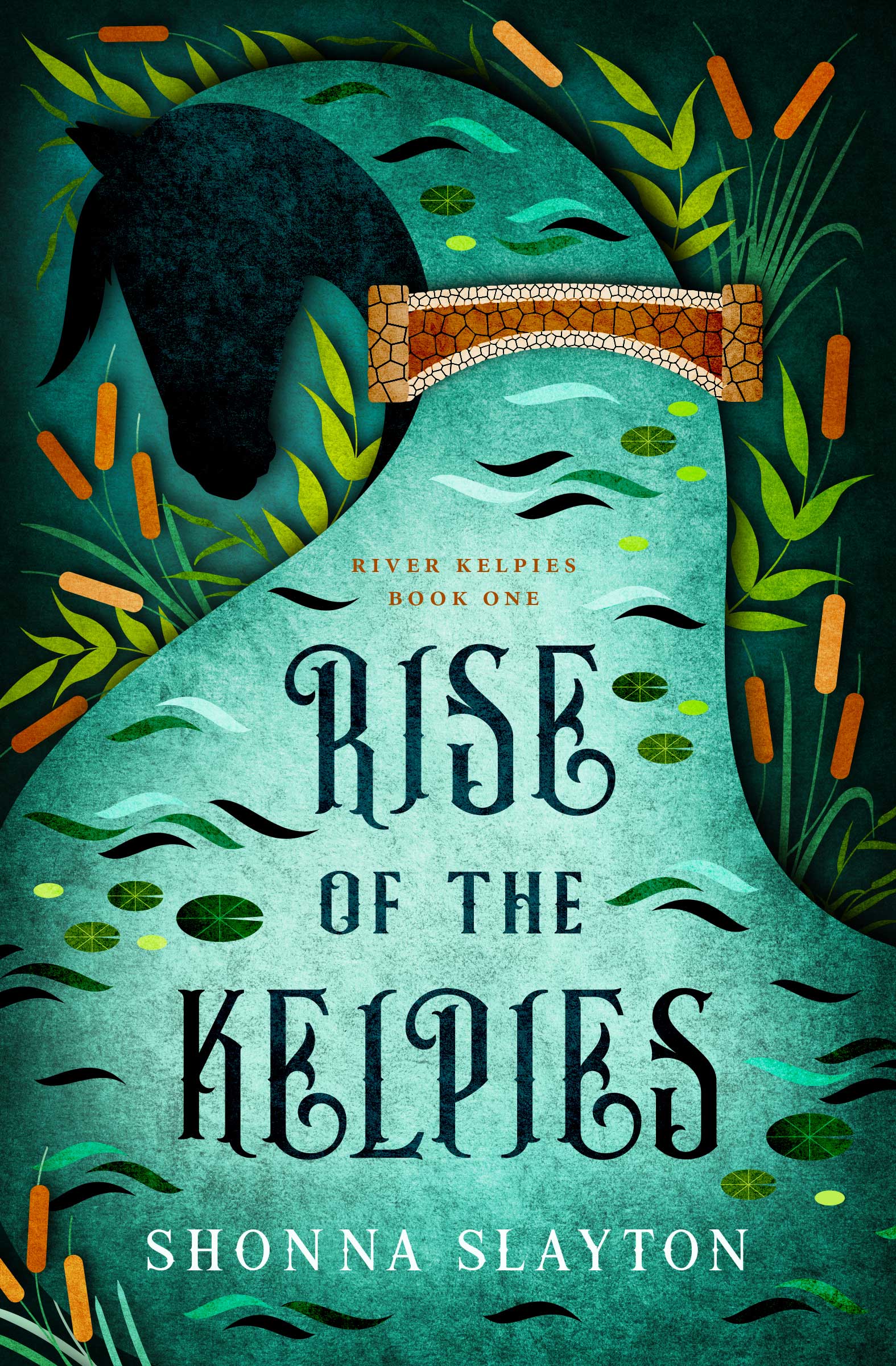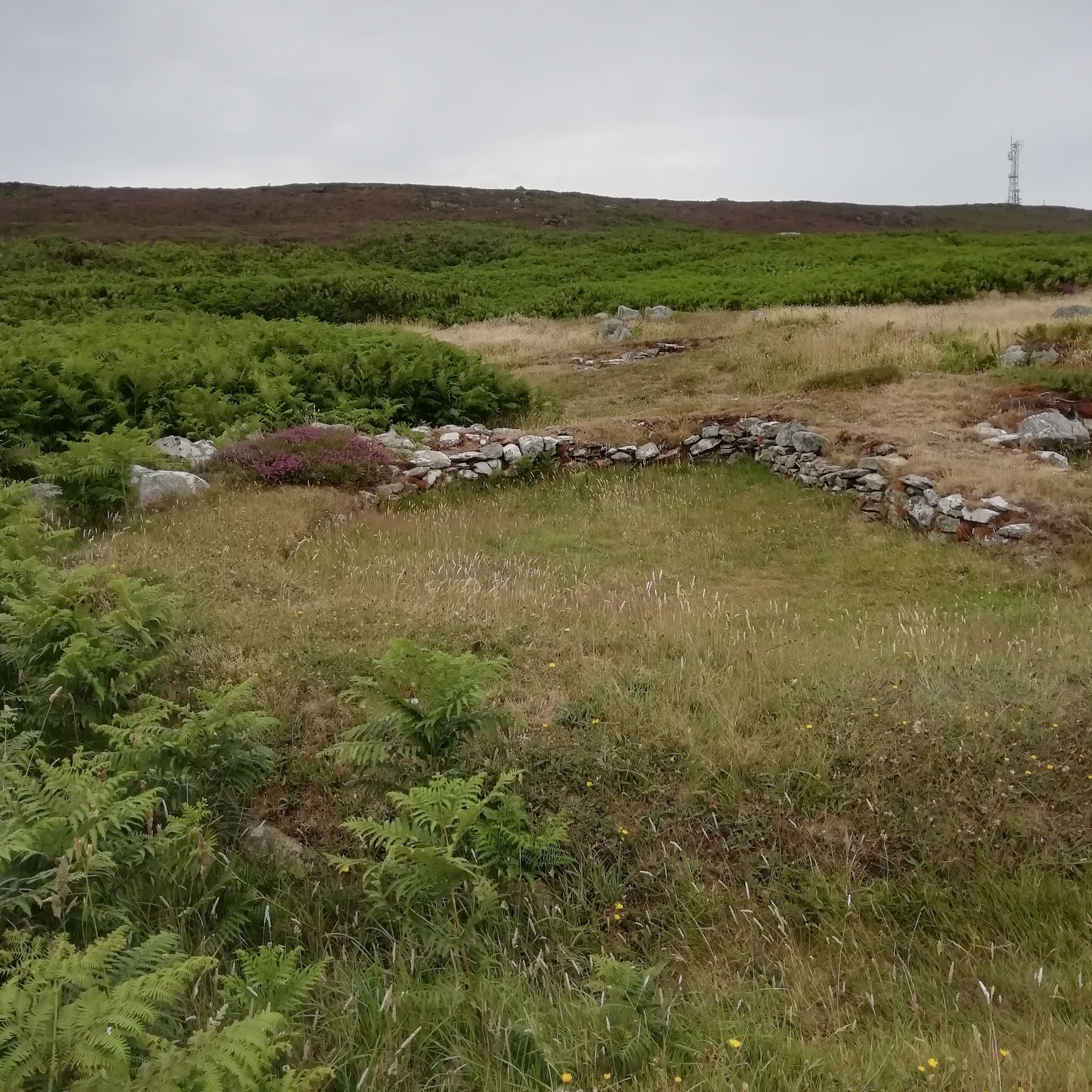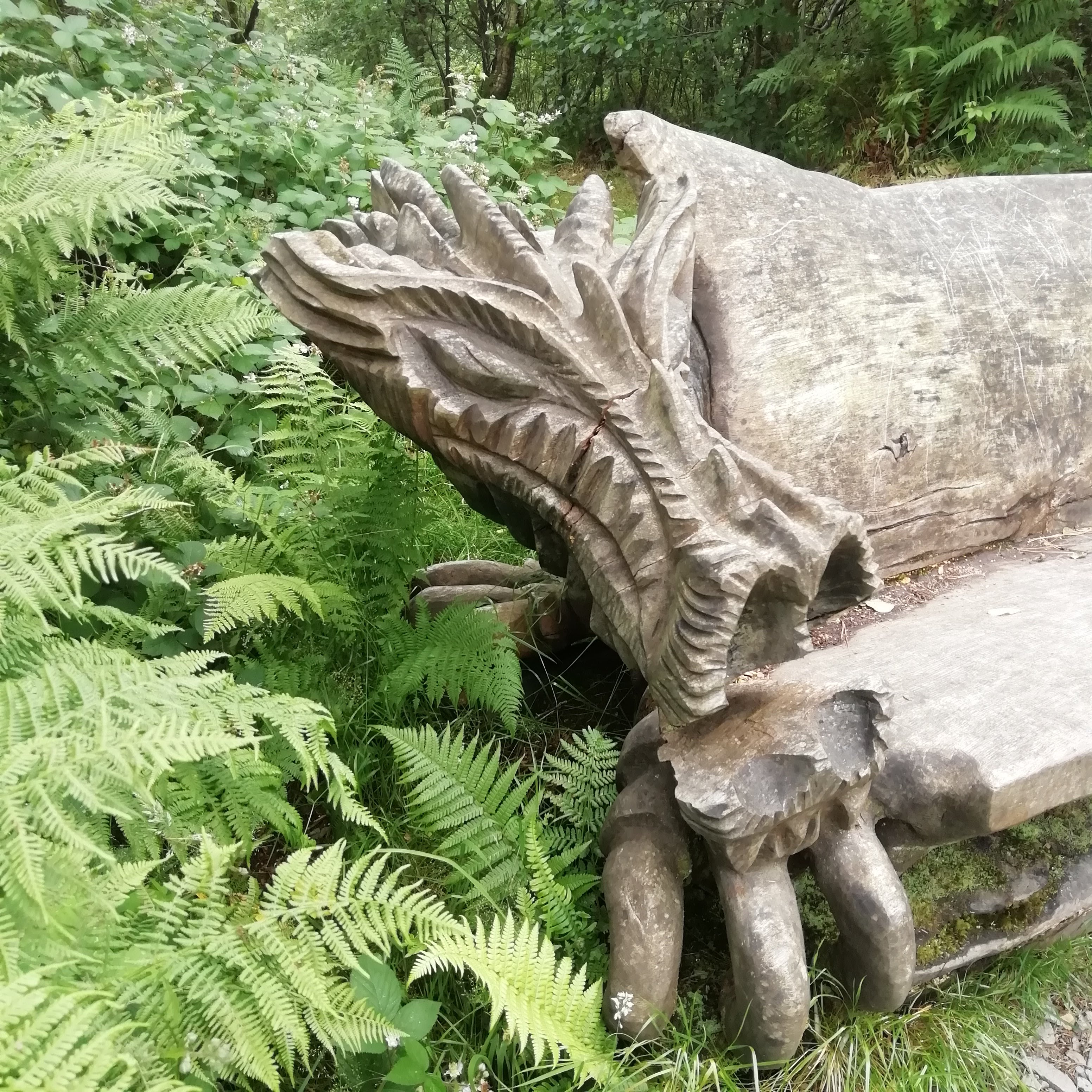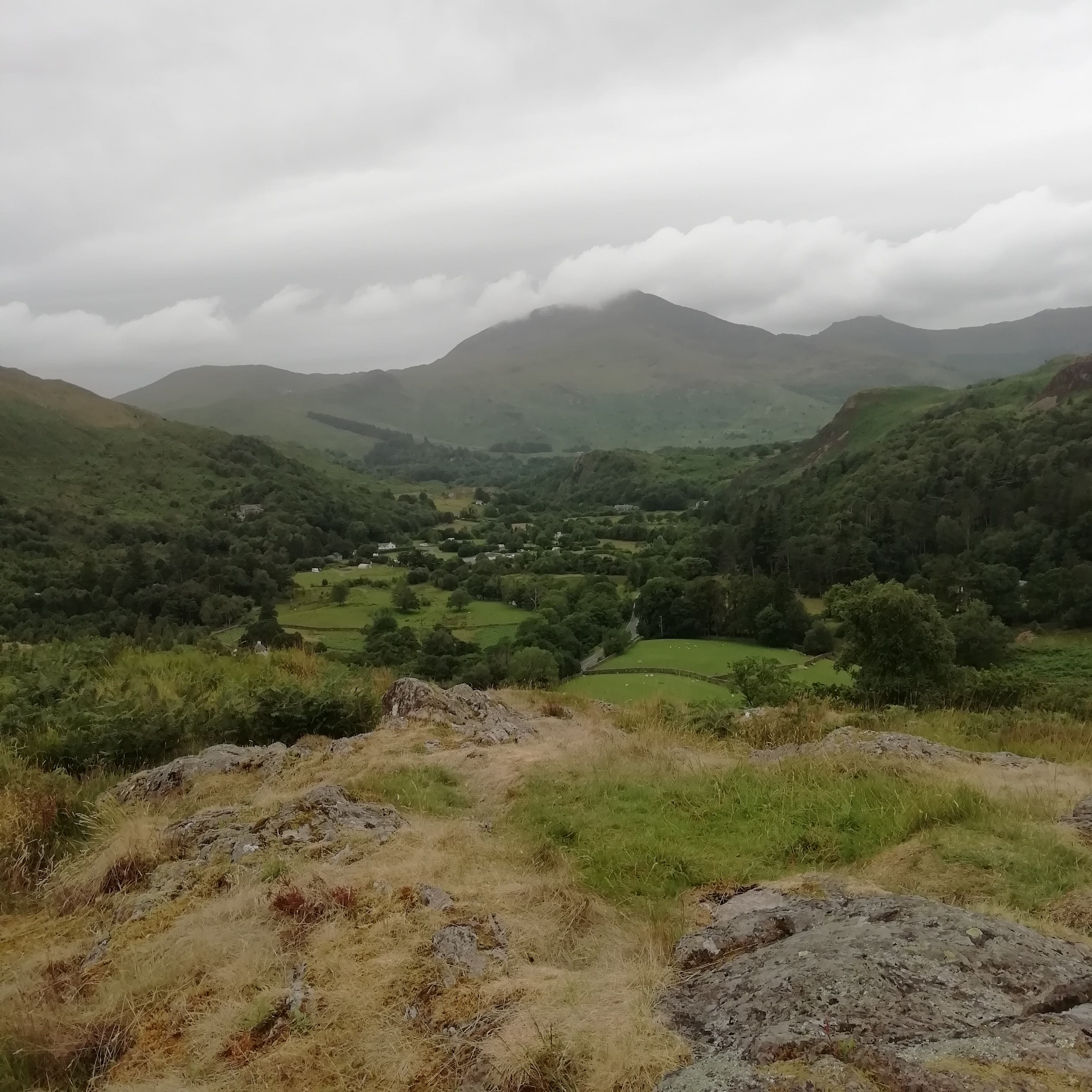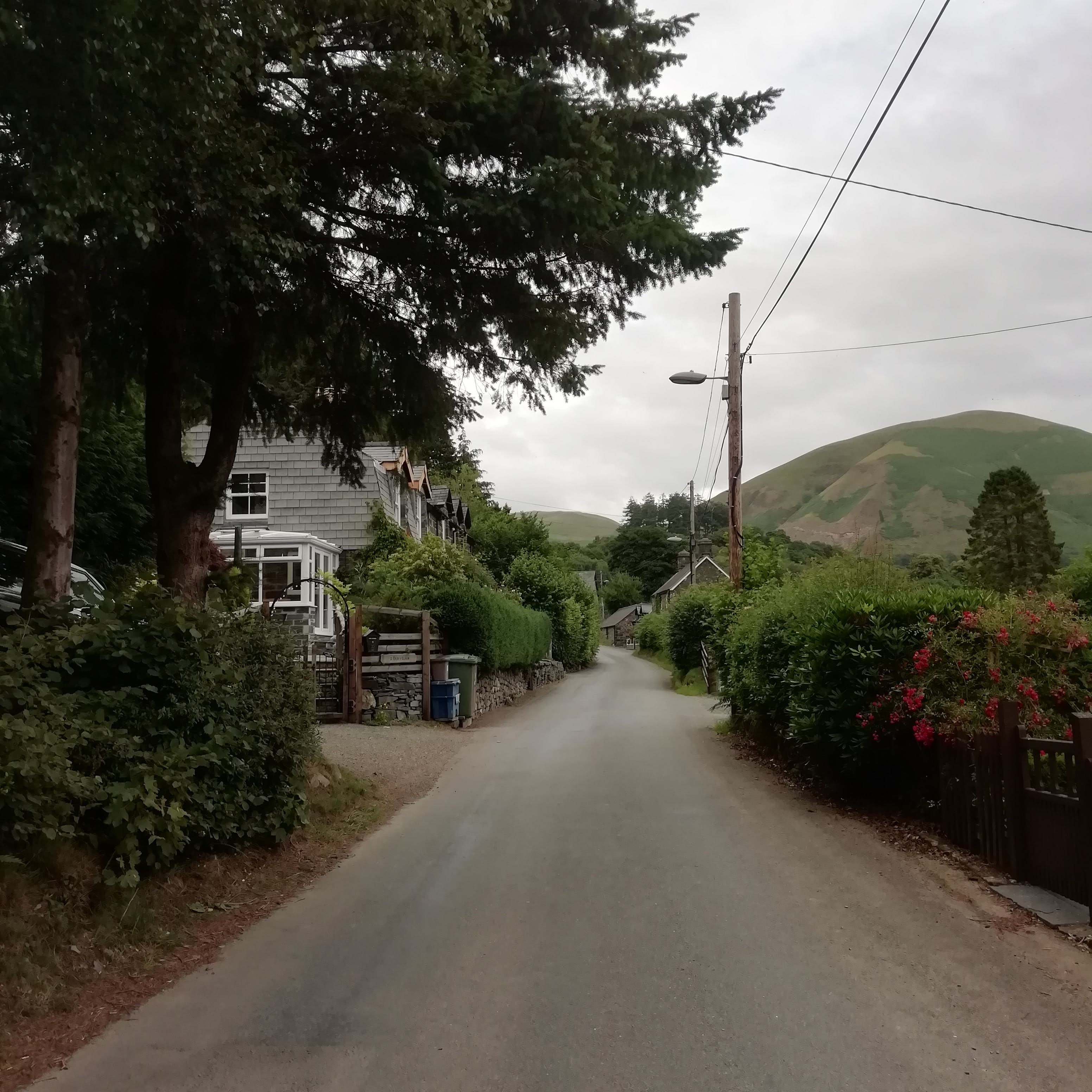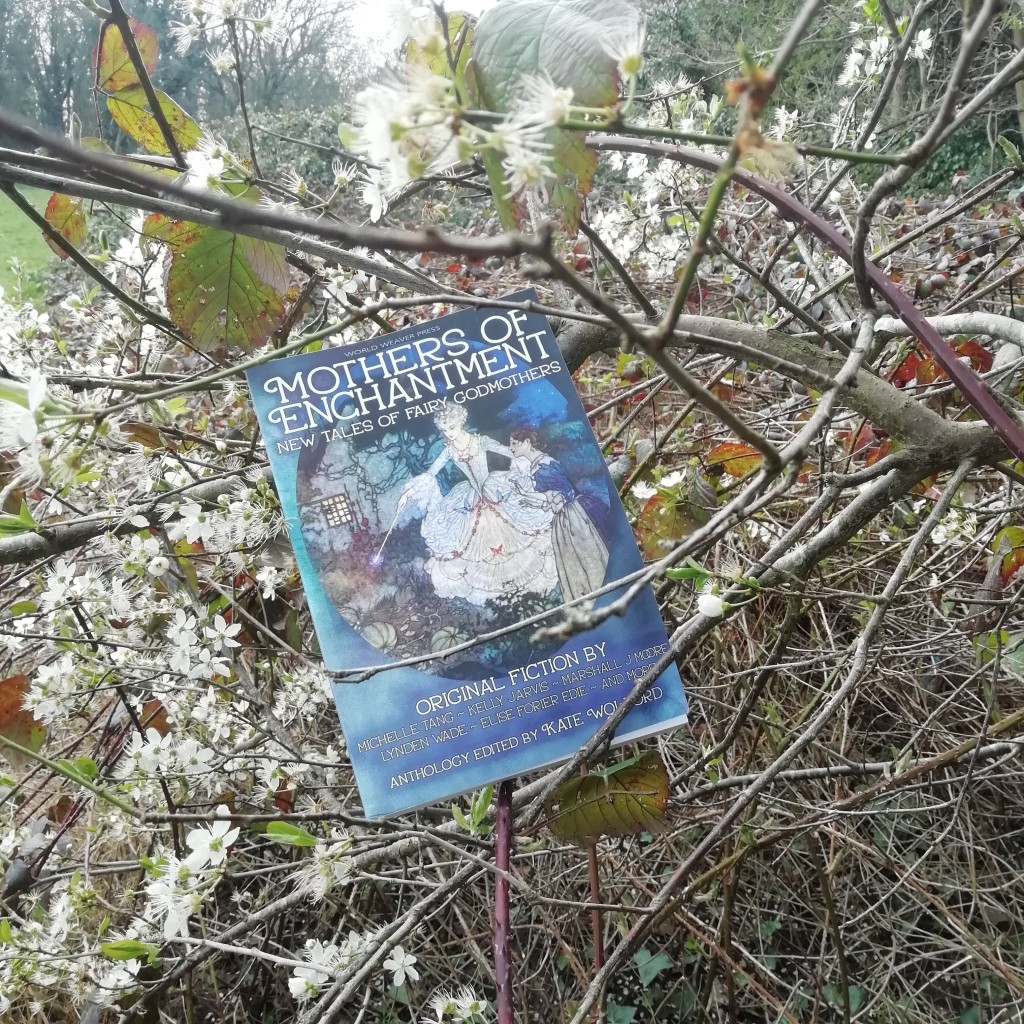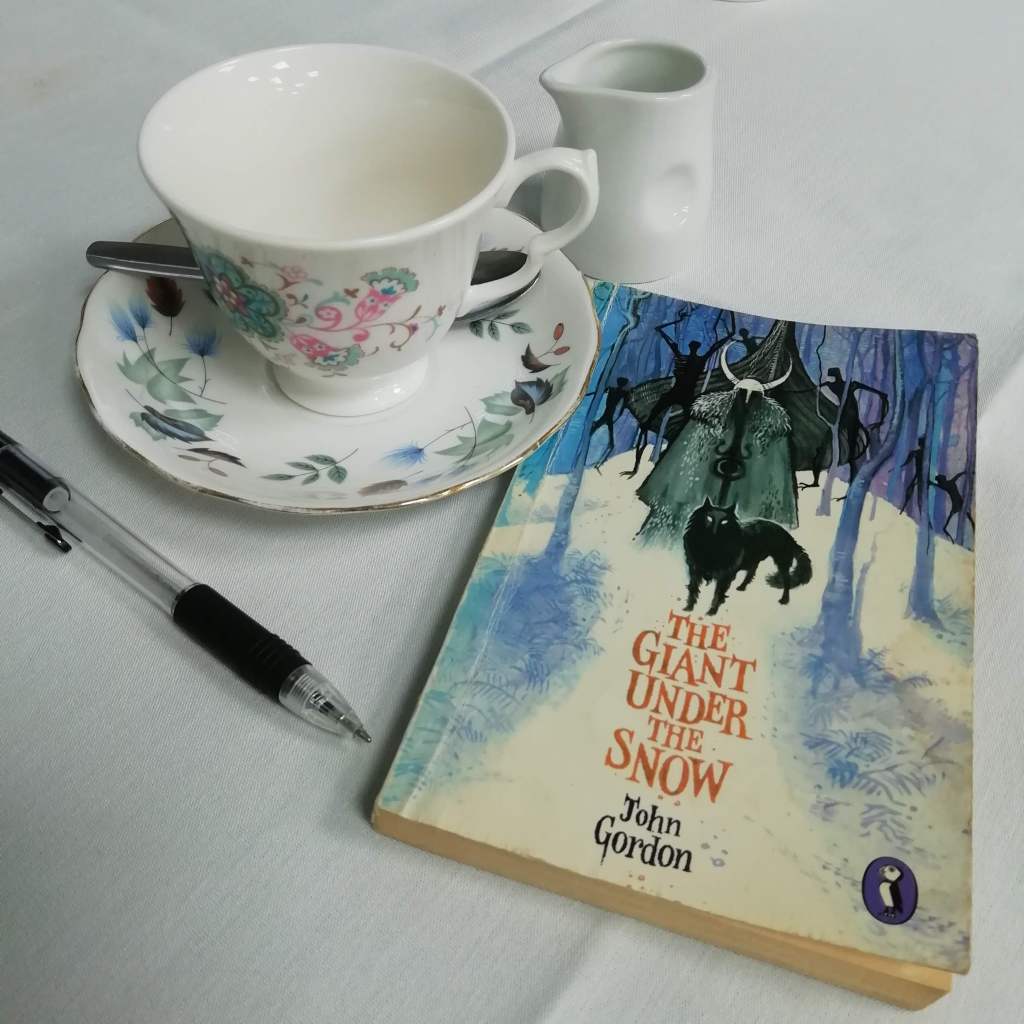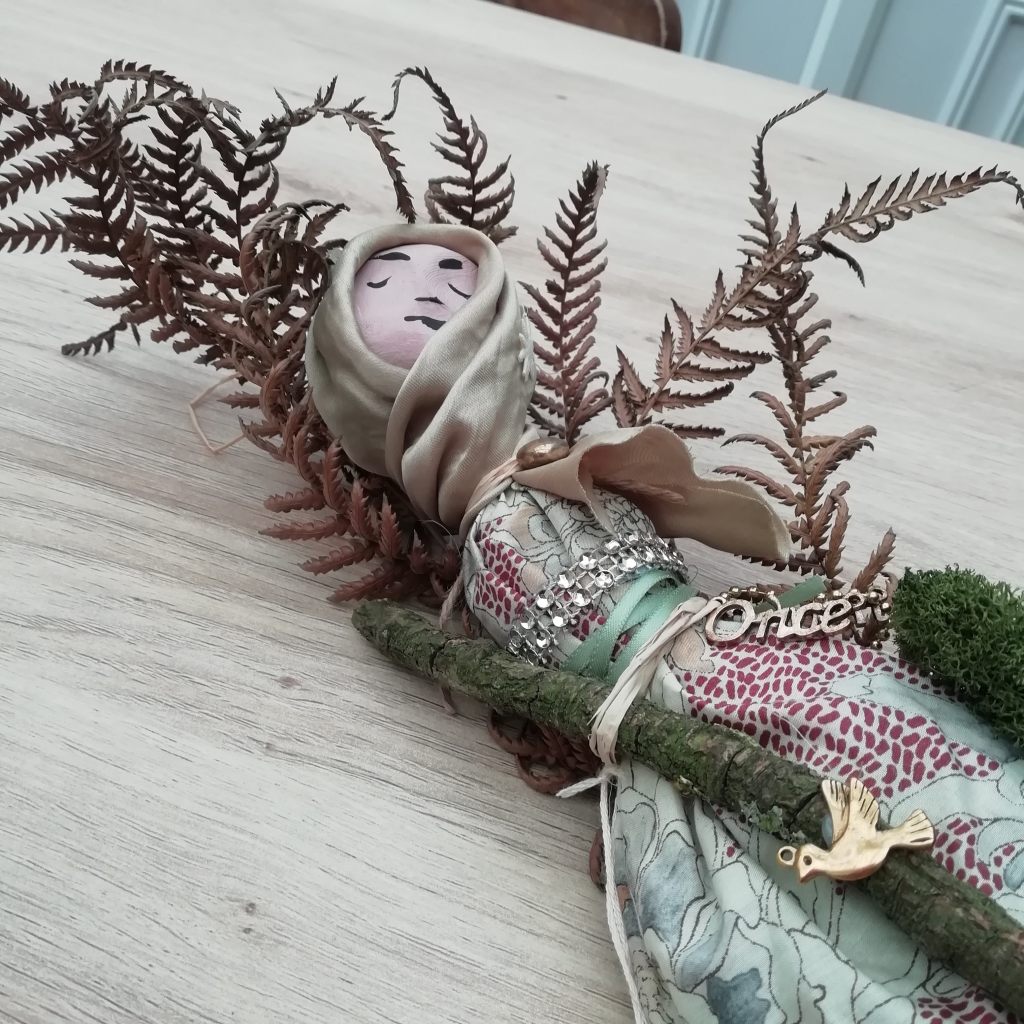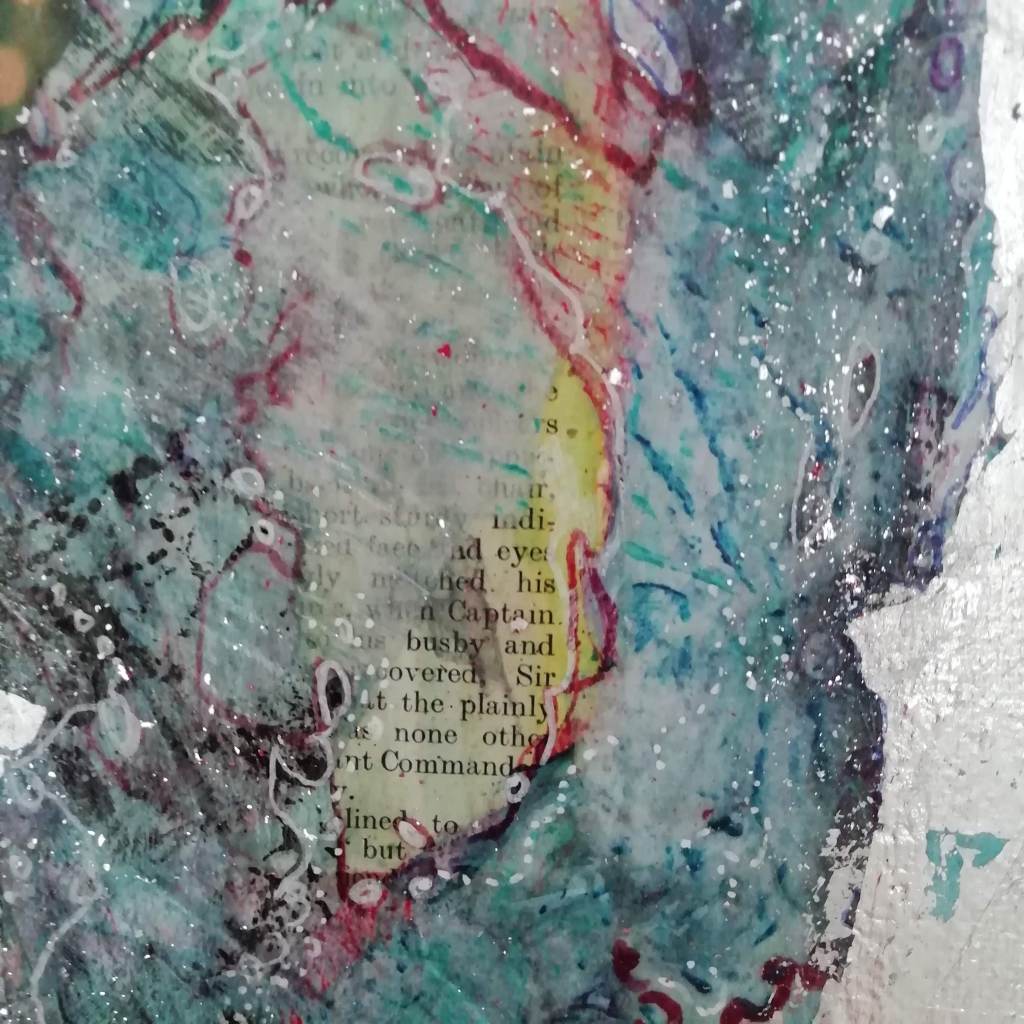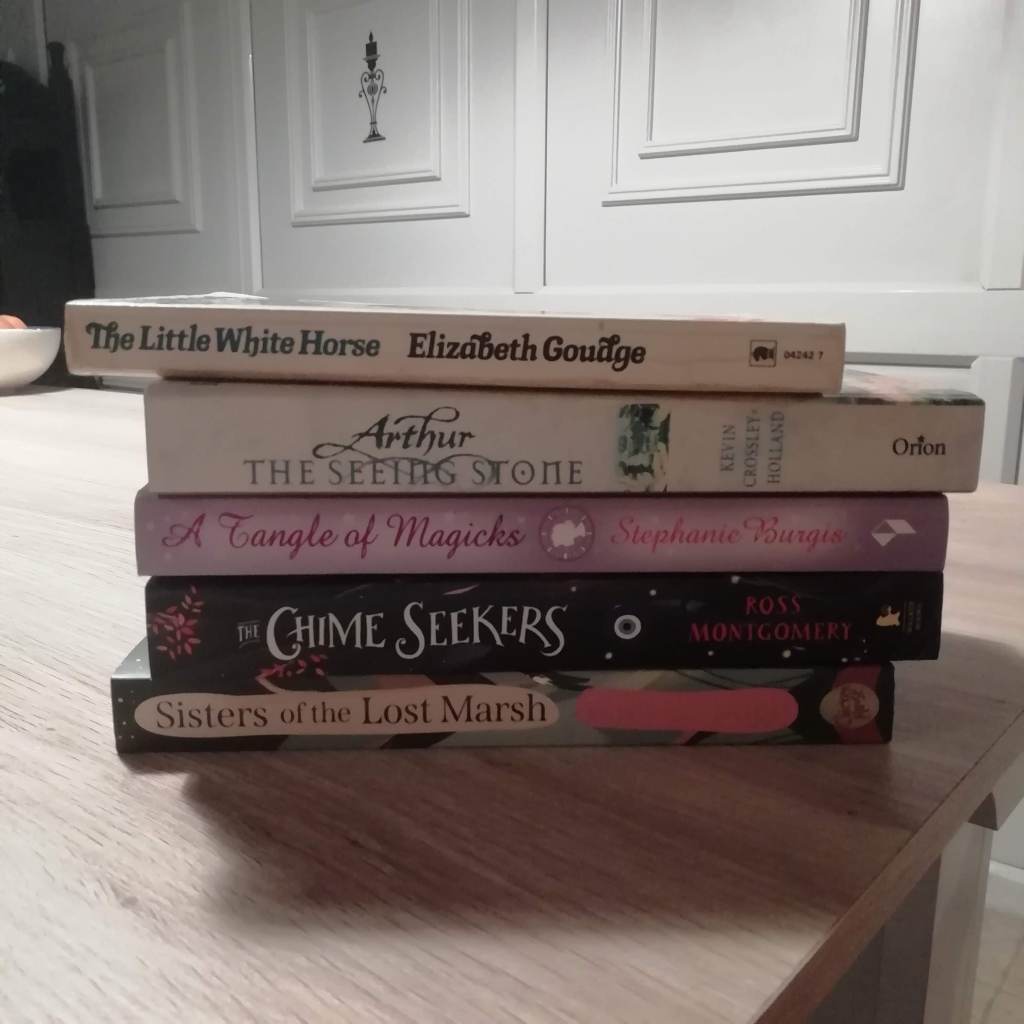
Please join me today in welcoming Laurel Decher, author of the Seven Kingdoms Fairy Tale series. They’re marketed for children, but we all know that plenty of adults enjoy a bit of zany. It looks like there’s plenty of zany in this series! And lots of vegetables…
Laurel Decher lives on the outskirts of a mid-sized city in Germany, between a medieval chapel on the St. James’ Way and a boundary marker tree carved with a scary face. It’s a little surprising, since she expected to live in Vermont for the rest of her life. You just never know when adventure will call!
Welcome, Laurel! It’s good to have you here. First question – what made you move from Germany to Vermont? (Or are you still wondering, yourself? 😅)
The kids decided it was Papa’s turn? I was born and lived in the U.S. and met my husband in Germany during my university studies. After twenty-six years in the U.S. together, he was offered a job in Germany and we decided to go on an adventure! You really never know. . .
What made you first start writing?
I started writing this series after a health issue in my family made me realize I couldn’t keep writing novels that took ten years each. It was time to take a risk, to try something I was sure wasn’t for me.
What did you set out to do when you began this series? And why the vegetable theme?
These books are about things I was bad at as a child—talking in front of the room, finding my way around, etc. In Vermont, I joined a Toastmasters group to learn about public speaking and was amazed at how many skills were actually learn-able. Growth mindset is the core of every book and vegetables are a natural way 😉 to think about growth. Also, I learned that Schwarzwurzel, literally “black root”, was a vegetable and I needed to make that the national vegetable of the Blackfly Kingdom, home of the self-centered and ever-optimistic Queen Ash.
Why vegetables? I’m a former epidemiologist and there are three basic things to prevent chronic disease: sunscreen, physical activity, and vegetables. 😉
Readers can tour the castles that inspired each of your seven kingdoms here. What’s your favourite castle of them all?
I love them all. Every time I take the train through that area, I think I’m going to get some writing done, but I can’t stop looking out the window at the castles and the quilted patterns of the vineyards and the color of the Rhine and the personalities of the barges. But I do love the one on a rock in the middle of the Rhine: Pfalzgrafenstein. There’s a festival once a year when the island is full of wooden boats and people in costume. It’s the best tollbooth ever.

Tell us more about your new release, and what inspired it.
In the last few years, more and more people are being forced to move to new places because of war or unrest in their home countries. I had an encounter with a mother who fled from her home that haunted me—and still does—because it made me feel that the thing you really lose is your identity, your reputation, your believe-ability. No one can speak up for you. The experience started cooking in my imagination and turned into a story about visiting giants who were standing up for a giant friend in the “foreign country” of the Seven Kingdoms. Prince William—the eleven-year-old hero—has to figure out if they are telling the truth, if he can trust them, and how he can win their trust.
The other thing that inspired this story was the amazing outpouring of support for Syrian refugees in my own village. Everyone wanted to host people. It made me feel welcome too, because I wasn’t from here, but I was allowed to welcome new people. I wanted to write about how welcoming people isn’t just the “right thing to do”, but it’s also a gift to us. Especially if you come from another place, like I do, welcoming new people makes you feel at home too.
Making Comics by Scott McCloud was another inspiration for this book, because he makes the art of making comics so accessible. It’s an amazing book! Prince William’s comic strip creates all kinds of trouble in the story, and he decides it’s safer to give up comics entirely. But his friends have lots to say about that!
And what are your plans going forward? More tales of the Seven Kingdoms?
Oh! At this exact moment, I don’t feel like I can say. There are three or four projects calling my name and I don’t know yet which one is going to win. The last time I tried to write a short story for the Seven Kingdoms, it turned into a full-length book (Trouble at the Valentine Factory), so I’m hesitant to say anything out loud. People are very welcome to sign up for the Readers List to get all the news about new stories. You get a free short story when you sign up and can, of course, unsubscribe at any time.
What’s your favourite fairy tale, outside of the Seven Kingdoms?
I just finished reading the amazing (and surprising!) novel by Tonke Dragt called The Goldsmith and the Master Thief. Her work has been newly translated into English and the translations are absolutely smooth and stumble-free. At first, I thought it was a collection of short stories, but then I realized it was a complete–and satisfying—novel.
And beyond your own books, do you have a favourite story or book that’s a riff on fairy tale tropes?
So many books! Feel free to download some handy “shopping guides” (PDFs) for the family’s next expedition to the library or bookstore.
The other recent read that I loved, loved, loved is Helen Rutter’s The Boy Who Made Everyone Laugh. You could possibly consider it a modern-day fairy tale, because the hero pulls off the impossible with the help of the wise mentor. A masterpiece of fun and humor and warmth.
Thank you so much for answering these questions, Laurel. Giant Trouble: The Mystery of the Magic Beans is out now in ebook and out in paperback May 14th.
Summary:
Fee, Fie, Foe, Fun! When the resident giant gets a case of magical food poisoning that sparks an invasion of giants, eleven-year-old Prince William cooks up a plan—with homemade chapati, chopped onions, and comic strips—to solve the mystery and campaign for peace.
Read about the series on Laurel’s website – link below:


